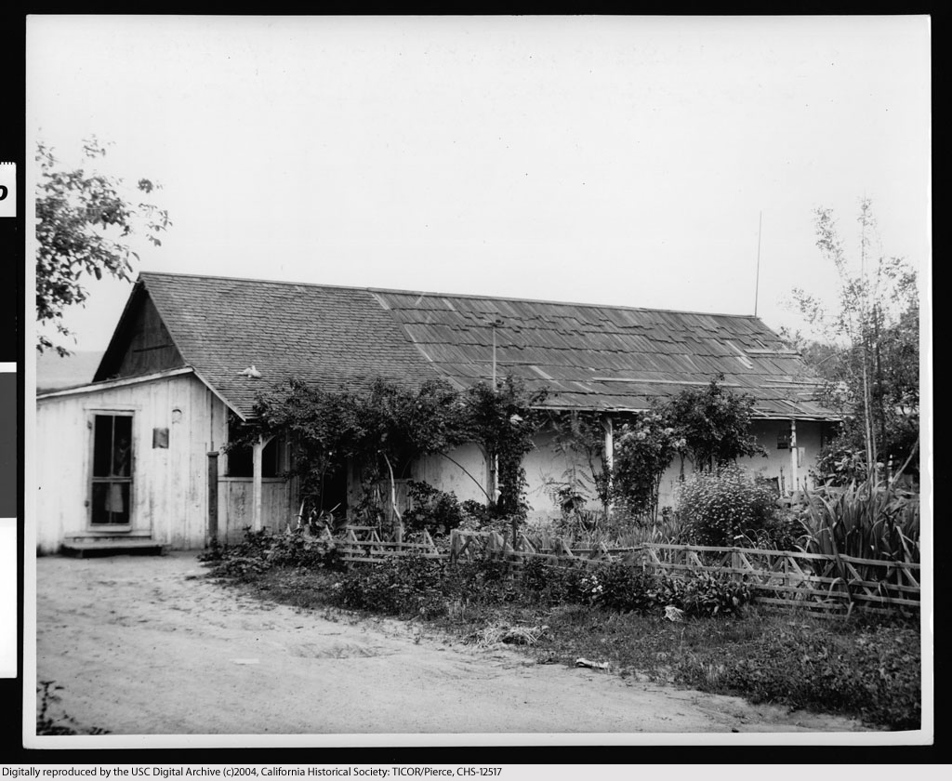Montañez Adobe
Location:
San Juan Capistrano, CAThe Montañez Adobe was constructed c.1794 and was one of 40 adobes near the San Juan Capistrano Mission built to house Native American Mission neophytes. It is currently listed in the National Register of Historic Places both individually and as a contributor to the Los Rio Street National Register Historic District. Polonia Montañez, the legal owner in 1875, was the town’s midwife and a “Captain of the Pueblo,” which refers to one in charge of the religious instruction of the village children.
As part of the preservation and restoration, the Montañez Adobe was seismically retrofitted, the roof was replaced with hand split shakes 36 inches long, the porches were restored to their original historic character and a historically appropriate earthen floor was installed.
The restoration removed a visually cumbersome and intrusive steel retrofit installed in 1980 as a seismic retrofit. The 1980s retrofit, a cage of steel columns and I-beams, would have prevented the roof from collapsing on inhabitants of the structure but was actually so stiff, relative to the adobe, that in a major seismic event it would have heavily harmed the adobe walls of the building. The approach taken for the project was for the restored building to appear as if we had never been there. The restoration installed an effective and hidden structural seismic retrofit. The roof was replaced with historically appropriate hand-split redwood shakes, 36 inches long. The porch posts were replaced with hand-hewn redwood posts stained to appear as weathered wood. The rammed earth floor was hand leveled in place and finished with a coating of linseed oil.
Attention to Archaic Material Details
Recreating archaic details is one of the more challenging aspects of Ms. Stiegler’s practice. For this 1794 mission neophyte’s residence, this meant rammed earthen floors, tule reed thatched roof sheathing and hand-hewn wooden members. Ms. Stiegler’s extensive knowledge of the local adobe vernacular construction enabled her to restore the correct 1790s rammed earthen flooring. Working with the local Indian tribe, the Juaneño Band of Mission Indians of the Acjachemen Nation, the indigenous tule reeds were harvested and dried. The tule reeds were then installed and used to camouflage necessary seismic retrofit measures such as plywood roof diaphragms. Using an adze and hacking against the grain of the wood is a common mistake seen when a modern era contractor attempts to recreate a hand-hewn structural member. Archaically, the original builder knew better and the adze was always used to cut with the grain of the wood. The distinction creates a subtle but telling difference in surface texture, a distinction Ms. Stiegler insisted upon.











